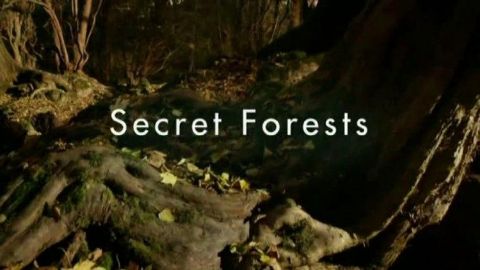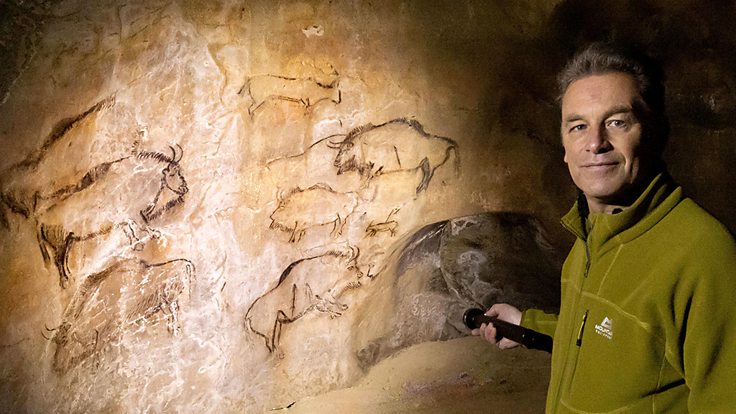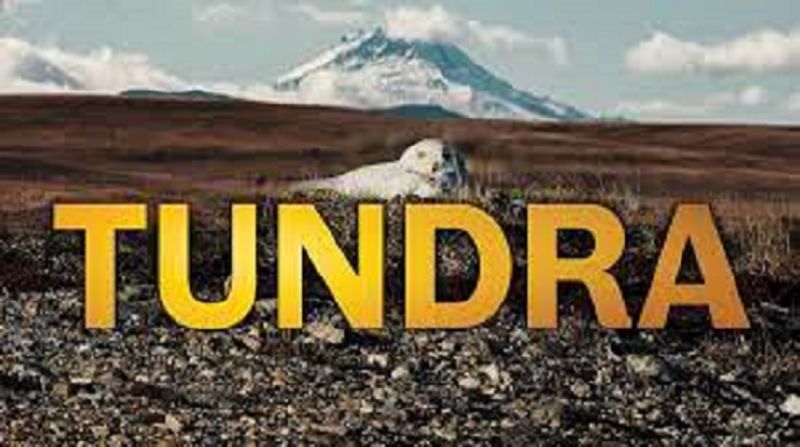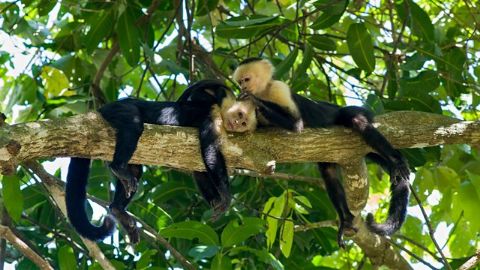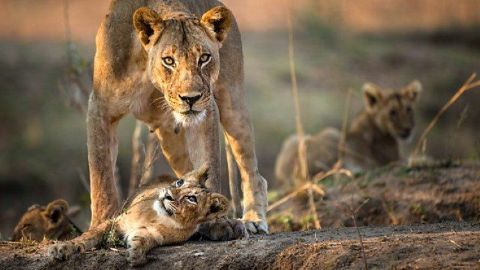Snow Animals • 2019
Liz Bonnin introduces a cast of charismatic animals to reveal the remarkable strategies they use to survive, and even thrive, in winter. For animals this is the toughest time of year, and preparations start early. In autumn, Siberian chipmunks collect food in their cheek pouches to stockpile in their burrows, while caribou make an epic journey to new feeding areas away from the worst weather. With the arrival of winter, the American bobcat has to find its prey beneath deep snow, while an Arctic fox must sniff out its very own frozen ready meal. A sea otter mum keeps her cub warm by blowing air into its coat, while some animals turn white to blend in with the snowy world around them. As winter begins to loosen its grip, an Arctic ground squirrel stirs from an eight-month hibernation and has to woo its mate in just twelve hours, and baby animals emerge to play in the snow before spring's imminent arrival. Along the way, Liz meets some of our most iconic winter animals to uncover the secrets behind their seasonal success stories.
Make a donation
Buy a brother a hot coffee? Or a cold beer?
Hope you're finding these documentaries fascinating and eye-opening. It's just me, working hard behind the scenes to bring you this enriching content.
Running and maintaining a website like this takes time and resources. That's why I'm reaching out to you. If you appreciate what I do and would like to support my efforts, would you consider "buying me a coffee"?
Donation addresses
BTC: bc1q8ldskxh4x9qnddhcrgcun8rtvddeldm2a07r2v
ETH: 0x5CCAAA1afc5c5D814129d99277dDb5A979672116
With your donation through , you can show your appreciation and help me keep this project going. Every contribution, no matter how small, makes a significant impact. It goes directly towards covering server costs.
